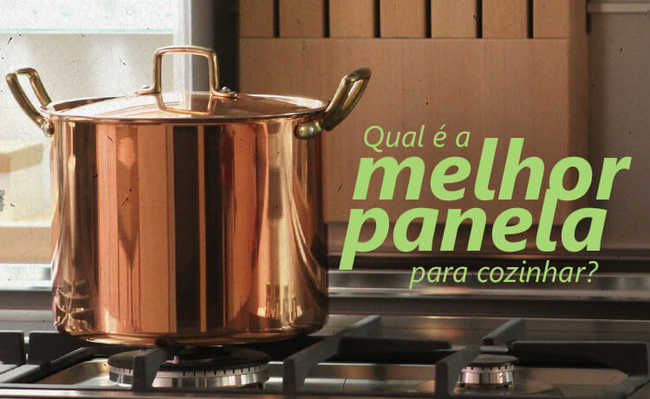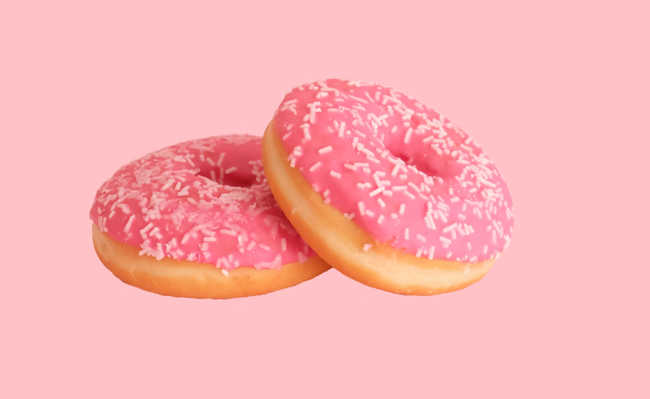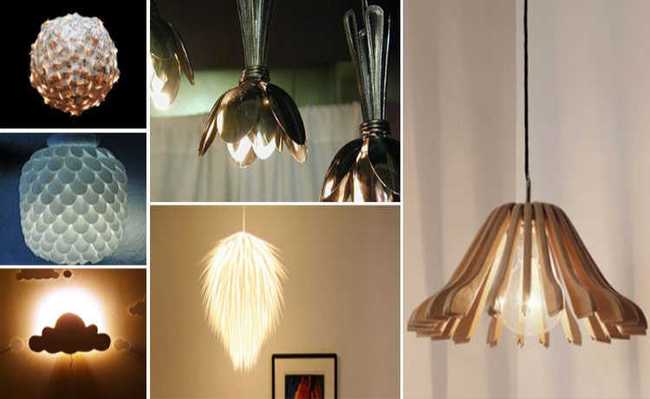An x-ray of the plate
Know the main reasons for not disposing of it wrongly

Doubts and constraints when throwing an object away are recurrent in a world that is still in its infancy when it comes to recycling possibilities. Another item that makes up this long list is the x-ray plate.
Similar to a large photographic film negative, the slightly flexible sheet contains toxic elements and is dangerous to health, but it can be recycled and turned into silverware, jewelry and gift boxes.
Are you sure it doesn't fit anymore?
Before thinking about throwing the X-ray plate away, it is necessary to think about the future. Often old exams can be used to demonstrate the patient's clinical evolution. After this step, how about learning about the reasons to recycle this item?
health problems
The base of the plate is made of acetate, but there are several toxic elements that are attached to the “print”, that is, at the end of the exam. They are: methanol, ammonia, chromium and, depending on the manufacturer, bromide and other organic solvents.
The effects of these materials are terrible, as explained by Grupo Fleury's sustainability manager, Daniel Marques Périgo. “Heavy metals have a cumulative effect on the body and can cause kidney, gastrointestinal, motor and neurological problems. In addition, other substances used in the composition of image development products can cause irritation in the upper airways and eyes, in addition to dermatological problems”, he says.
X-ray plate metals can pose the hazards described above if disposed of incorrectly, as they run the risk of contaminating soil and groundwater.
Correct disposal and recycling
If the sheets cannot end up in landfills or dumps at all, the most viable alternative is to dispose of them in specialized recycling stations. There, they are sorted by type and sent to recyclers. There are some recycling processes. All of them must be done only by specialized people. One of the most common methods (which we disclose just to make it easier for the user to understand) is the following:
- Radiography treatment with a 2.0% sodium hypochlorite solution (bleach), generating:
- A solid residue that contains silver in the form of various chemical compounds;
- "Clean" radiographic films;
- Then, the solid residue is treated with solid sodium hydroxide in water by heating for 15 minutes. In this phase, silver oxide mixed with impurities is obtained;
- The silver oxide is heated with a sucrose solution for 60 minutes, obtaining solid impure silver that does not yet have a shine;
- Finally, the silver is heated at 1,000°C for 60 minutes in a muffle (a type of oven) and pure, shiny silver is obtained.










